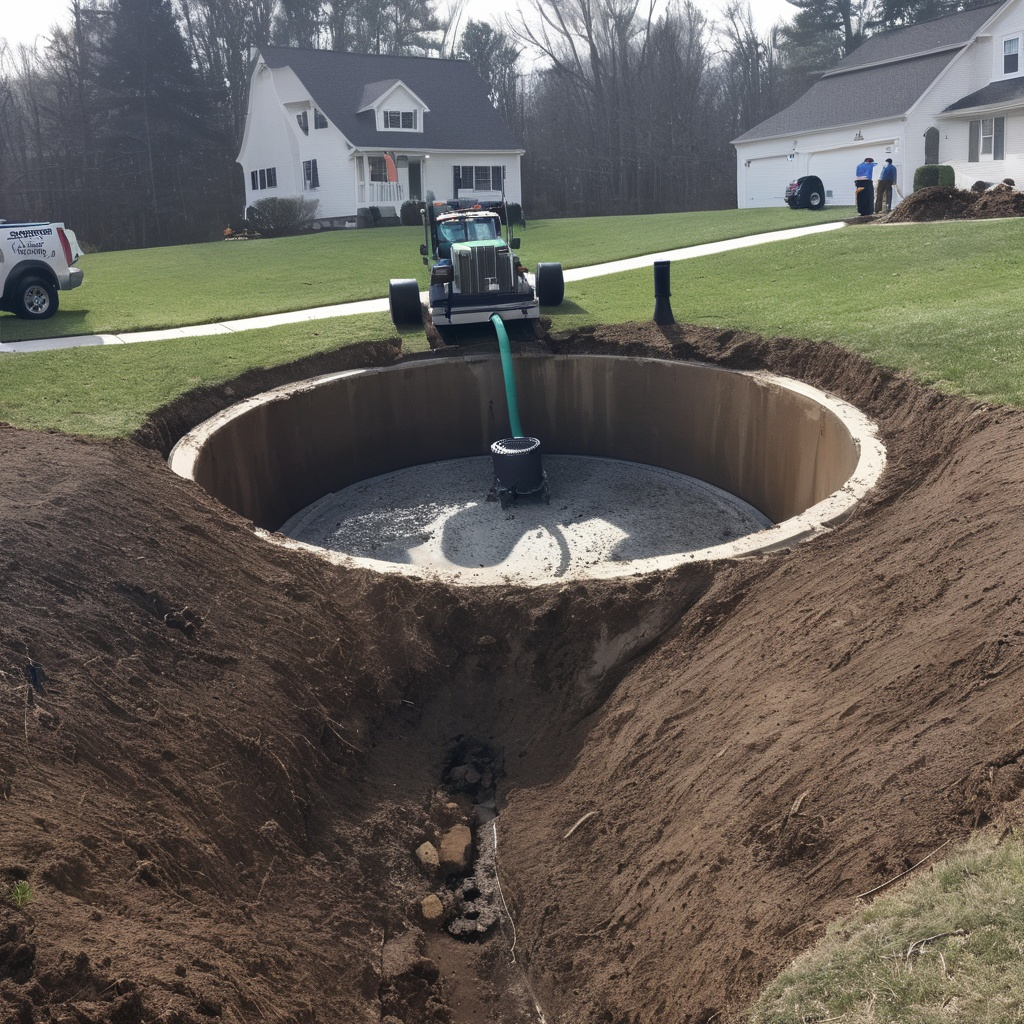Septic tanks are an essential part of wastewater management for homes not connected to a municipal sewer system. However, they can experience a variety of problems if not properly maintained. Here are some common issues associated with septic tanks:
- Clogged Drain Fields: The drain field is where the effluent from the septic tank is further treated by the soil. If the tank is not pumped regularly, solids can escape and clog the drain field, leading to system failure.
- Overflowing Tank: If the septic tank is not pumped out regularly, it can fill up with solids and cause sewage to back up into the house or overflow into the yard.
- Tree Root Infiltration: Tree roots can grow into the septic system, attracted by the nutrients and moisture. They can cause blockages and damage to the pipes and tank.
- Improper Installation: A septic system that is not properly designed or installed can lead to a host of problems, including inadequate treatment of wastewater and frequent system failures.
- Physical Damage: Heavy vehicles or equipment driving over the septic tank or drain field can cause physical damage to the system, leading to cracks or collapses.
- Water Overload: Using too much water in a short period can overwhelm the septic system, preventing the necessary settling and treatment processes from occurring effectively.
- Non-Biodegradable Items: Flushing non-biodegradable items like wipes, feminine hygiene products, or other materials can clog the system and prevent it from functioning properly.
- Chemical Damage: Harsh chemicals, such as drain cleaners, can kill the beneficial bacteria in the septic tank that are necessary for breaking down waste.
- Old Age: Over time, septic systems can deteriorate. Tanks can corrode, and pipes can collapse or become clogged with mineral deposits.
- Incorrect Waste Disposal: Disposing of grease, oil, or food scraps down the drain can lead to clogs and disrupt the bacterial balance within the septic tank.
- Lack of Maintenance: Regular maintenance, including inspections and pumping, is crucial for the longevity and proper functioning of a septic system. Neglecting this can lead to system failure.
- Ground Movement: Earthquakes, landslides, or even just the natural settling of the ground can shift the septic tank and pipes, potentially causing cracks or misalignments.
To prevent these problems, it’s important to have your septic system inspected regularly by a professional, typically every 3 to 5 years, and pumped as needed, usually every 3 to 5 years as well, depending on usage and tank size. Additionally, being mindful of what goes down your drains and how much water you use can help maintain the health of your septic system.


